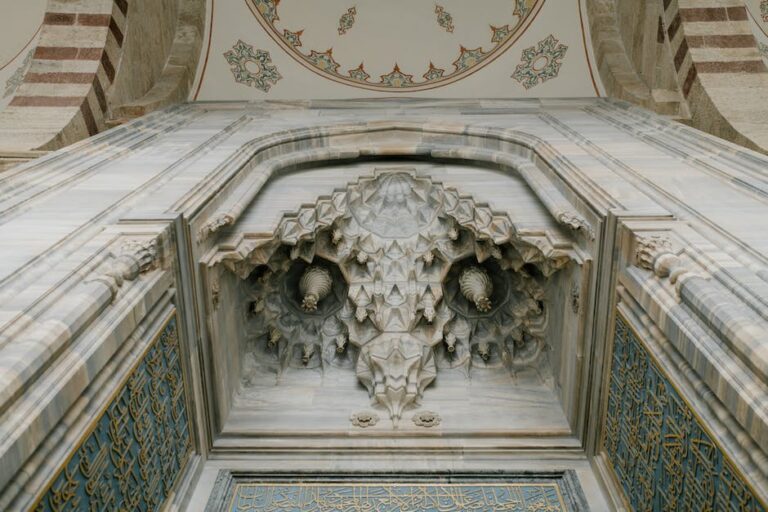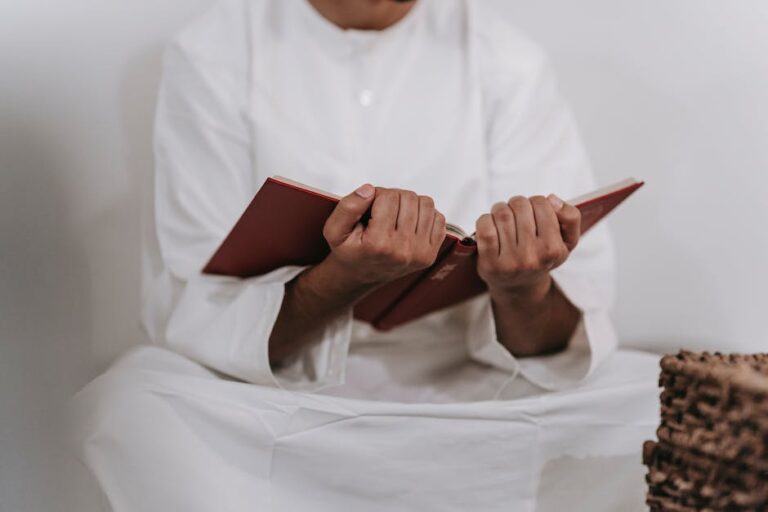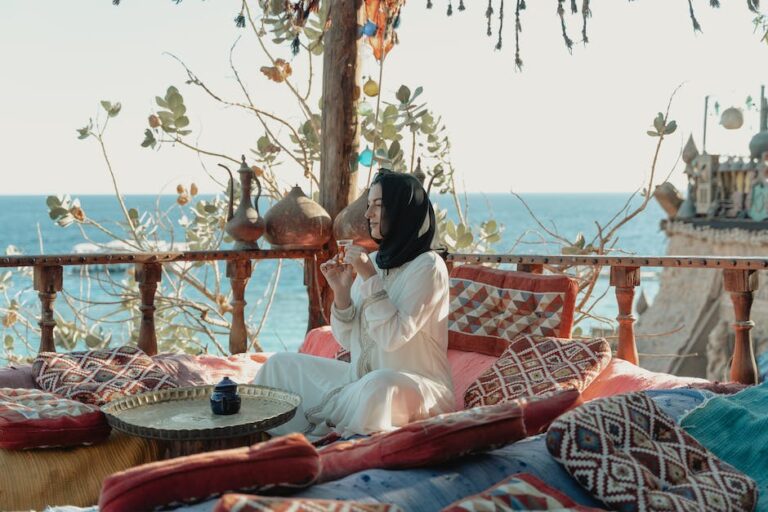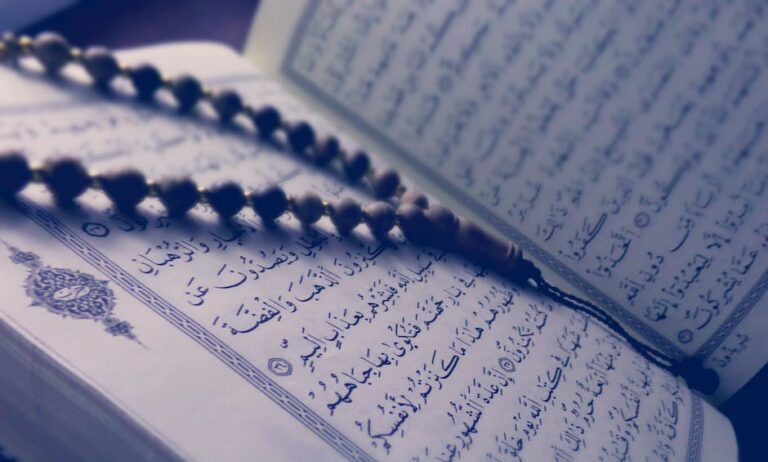The Importance of Hijab in Islamic Fashion and Cultures Around the World
Hijab is a term that means ‘to cover’ in Arabic. It refers to the modest dress code prescribed by Islam for both men and women. More specifically, hijab is used to describe the headscarf worn by Muslim women to cover their hair, neck, and ears. However, the concept of hijab goes beyond just dressing modestly. It encompasses behavior, speech, and manners that reflect Islamic values.
The primary purpose of hijab in Islam is to protect women’s honor and dignity by covering their beauty. This is not to say that women are required to hide themselves away. Islam emphasizes that the beauty and charm of women are to be cherished and appreciated by those who are permitted to see them. However, it is not meant to be flaunted publicly, which is why hijab is seen as an expression of modesty and respect for one’s body.
Hijab is not a forced practice, but rather a choice made by Muslim women who understand and appreciate its purpose. It is important to note that it is not only Muslim women who choose to dress modestly. Women from other religions and cultures also make choices about how they dress and present themselves to the world.
Hijab Styles: Celebrating Diversity of Culture
Despite the common misconception that all Muslim women dress the same, Islamic fashion is incredibly diverse and rich. The variety of hijab styles and designs available is a testament to the creative and imaginative ways in which Muslim women express their identity.
From the traditional hijabs worn in the Middle East to the more modern hijabs adorned with elaborate beading and lace, hijab styles vary widely across cultures. Some hijabs are plain and simple, while others are more elaborate and glamorous, designed for special occasions and events.
In recent years, the hijab has gained popularity in mainstream fashion and has become a symbol of inclusivity. Fashion designers from around the world have started to incorporate hijabs and modest clothing into their collections, recognizing the beauty and diversity of Muslim culture.
The evolution of hijab styles over time also showcases the ways in which Islamic fashion has adapted to modern times while still staying true to its roots. Whether it be a simple headscarf or an intricately designed hijab, this modest practice reflects the diversity of Muslim cultures around the world.
Hijab and Modesty: The Connection Explained
Islam values modesty and humility, and the hijab is one of the most tangible expressions of these values for Muslim women. Wearing hijab is a statement of personal and spiritual value. It serves to remind women of their connection with God and their responsibility in their community. It has been noted that the practice of hijab shifts one’s focus from superficial aspects to a person’s inner character.
Modesty in Islam is not limited to clothing. In addition to covering the body, modesty in behavior also involves avoiding arrogance, gossiping, and engaging in any unacceptable behavior that can be seen as harmful to society. It is more about inner values than outward appearances, such as the way we speak, behave, and interact with others.
The concept of hijab has often been misconstrued as a suppressive practice for women, which is far from true. Hijab is not a tool for men to control women. It is a personal choice that allows women to take ownership of their body and empower themselves. It is a means of communication that a Muslim woman makes to her society, in which she highlights her self-respect and dignity as a human being.
Breaking Stereotypes with Fashionable Hijabs
A common stereotype associated with hijabs is that they are dull and unimpressive. However, Muslim women are breaking this stereotype with fashionable and stylish hijabs. Today there is an incredible array of colors and designs in hijab fashion.
The hijab is no more restricted to traditional styles and ways of draping. Women have innovated and experimented with various fabrics, textures, and styles, and have created a fashion of their own. Whether it’s a flowy chiffon hijab, designed with beautiful embroidery, or a simple cotton headscarf, there is no doubt about the versatility and beauty of hijabs.
Moreover, fashion campaigns and social media have provided a platform for Muslim women to showcase their unique style and self-expression while breaking the stereotypes surrounding hijab. Many Muslim women have now become fashion influencers, inspiring hundreds of thousands of women around the world to embrace the hijab with confidence.
In conclusion, the hijab is an important part of Islamic culture and identity. The variety of hijab styles available showcases the diversity of Muslim cultures around the world while simultaneously breaking the stereotypes surrounding hijab. It is not just a piece of cloth, but a reflection of identity and modesty that gives Muslim women the freedom to express themselves and make choices that reflect their innermost values.
From Traditional to Modern: Evolution of Hijabs
Over the years, hijab fashion has evolved. From the plain and simple headscarves of the past to the more modern and trendier versions of today, hijabs have undergone a notable transformation.
The traditional hijab styles were often plain, unadorned, and designed to cover the head, neck, and chest. Today the hijab has transformed into a fashion statement, while still staying true to the values of modesty and self-expression. Women are now experimenting with various fabrics, patterns, and styles, such as the turban-style hijab, the draped hijab, or even the elusive ninja-style hijab.
The evolution of hijabs has also brought about a newfound confidence in Muslim women. Muslim women are no longer confined to traditional and rigid styles. They are free to choose their own style, the fabric they prefer and customize it to their taste. Allowing women to express themselves through hijab fashion has given them the power to choose how they want to present themselves to the world.
Conclusion: Hijab as a Symbol of Empowerment in Islam
In Islam, hijab is a religious obligation with profound spiritual, social, and cultural implications. The concept of hijab goes beyond just dressing modestly. It encompasses modesty in behavior and interaction with others.
The hijab is a symbol of empowerment for Muslim women. It gives them a sense of identity and self-respect, a way to embrace their feminine beauty while asserting their independence and spiritual values. The trend of hijab fashion and the freedom of expression it allows is equally empowering.
As individuals, we should recognize the importance of diversity and individual choice when it comes to hijab. It is a personal decision, and no one should dictate what another person should wear, or what style they should choose. It is up to us to celebrate and honor the diversity around us, and allow all women the freedom to express themselves through the hijab in their own unique way.
In conclusion, the hijab has deep roots in Islamic culture and serves as a sign of self-respect, modesty, and empowerment for Muslim women. It is not just a piece of clothing but a reflection of their identity, values, and independence. As we celebrate the diversity and evolution of hijab fashion, let us continue to educate ourselves and appreciate the beauty of different cultures around the world.







